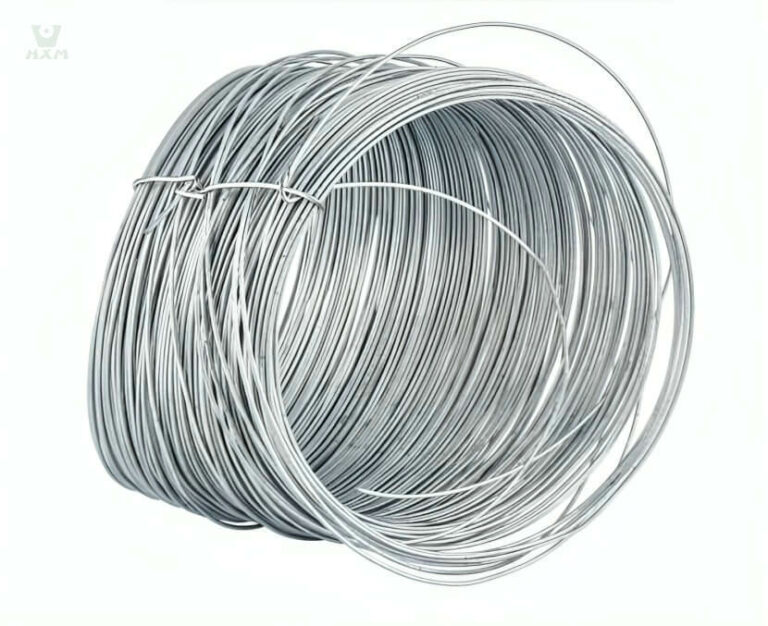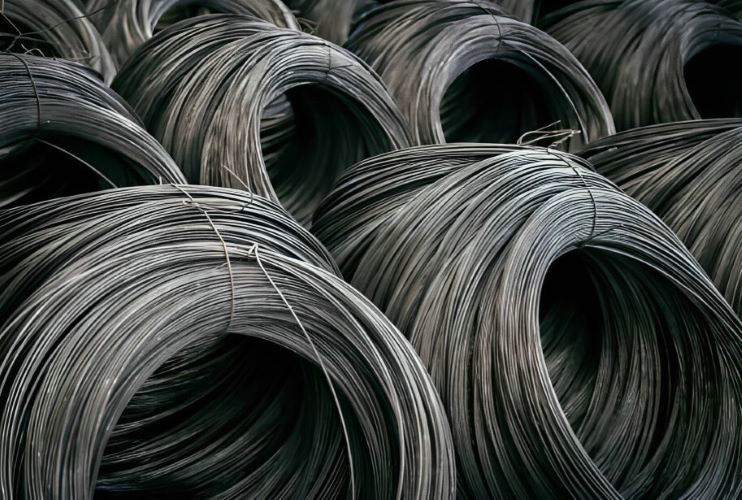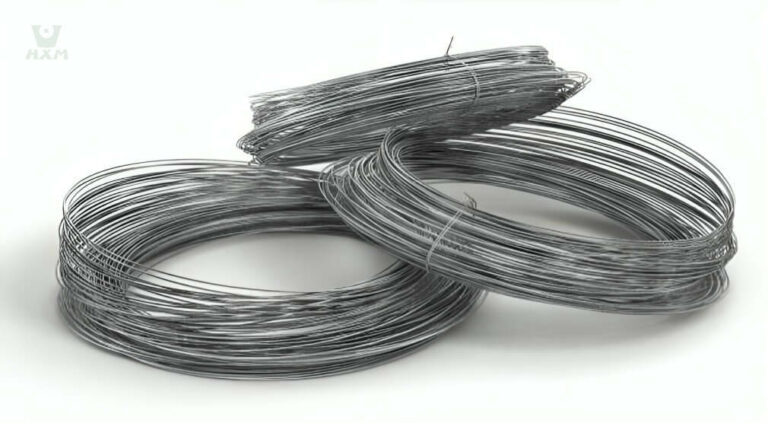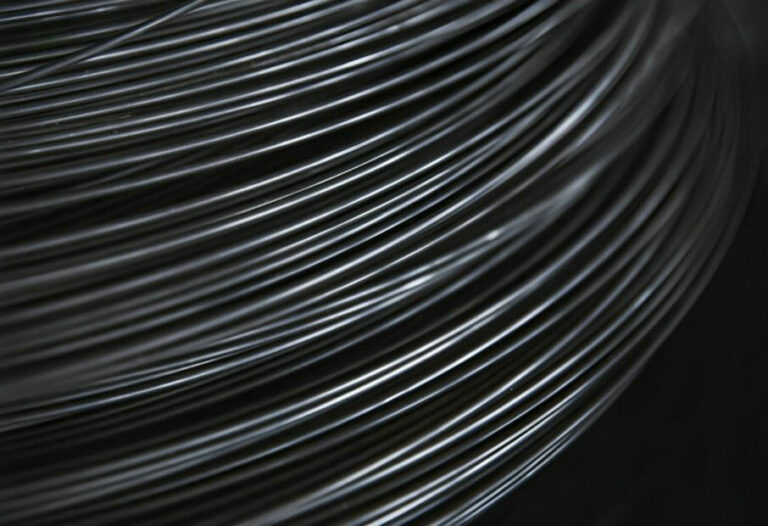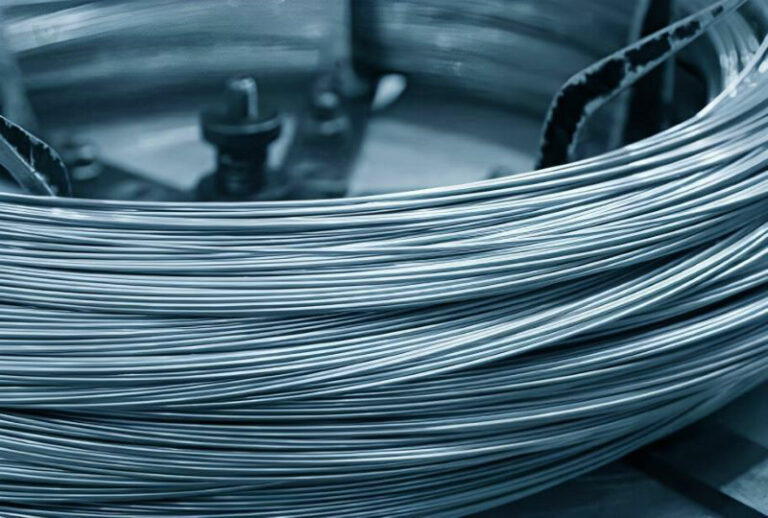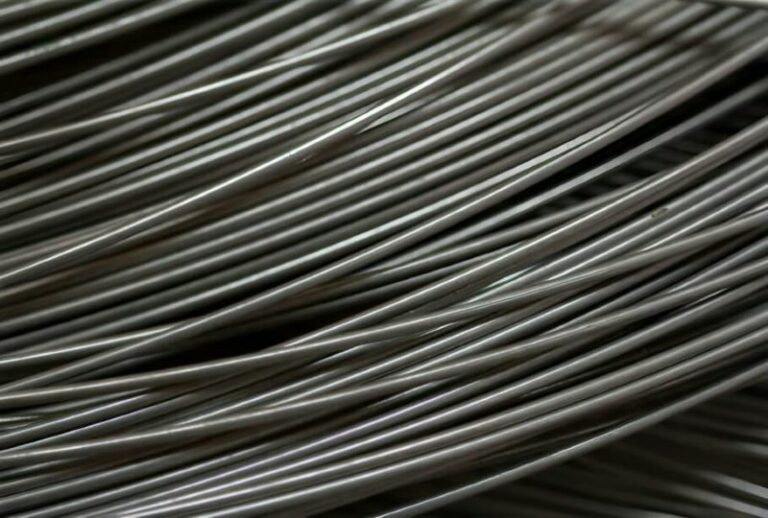- Huaxiao Metal
- Stainless Steel Capillary Tube
- Stainless Steel Capillary pipe
- Stainless Steel Capillary Tubing
What is Stainless Steel Capillary Tube?
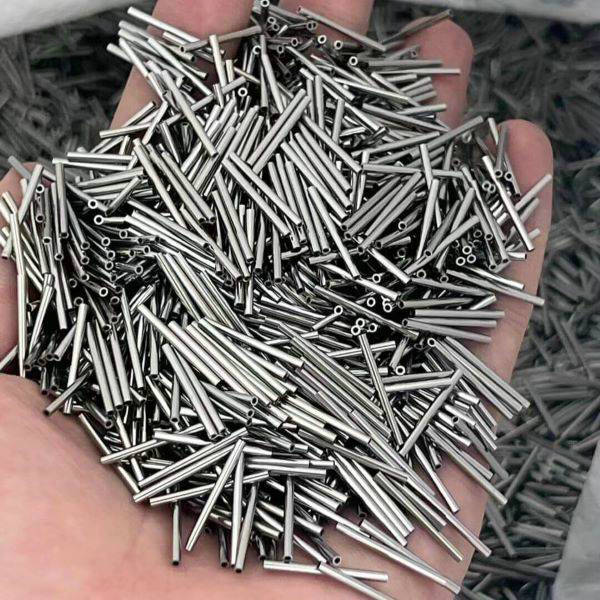
Capillary Tubing
Stainless steel capillary tube specifically refers to a circular tube with an outer diameter of 0.2-18mm and a wall thickness of 0.05-0.5mm. Generally, the tube diameter and thickness are customized based on requirements. Stainless steel capillary tubes fall into the category of stainless steel welded tubes. Due to the small diameter, precise molds are needed, leading to higher production difficulty. Any slight mishandling during production may result in issues such as large tolerances and deformation. In addition to varying diameters, capillary tubes also undergo different shaping processes at the tube ends, including slanted cut, pointed-end, round-end, tapered/expanded, rolled-edge, slotted/punched, and more.
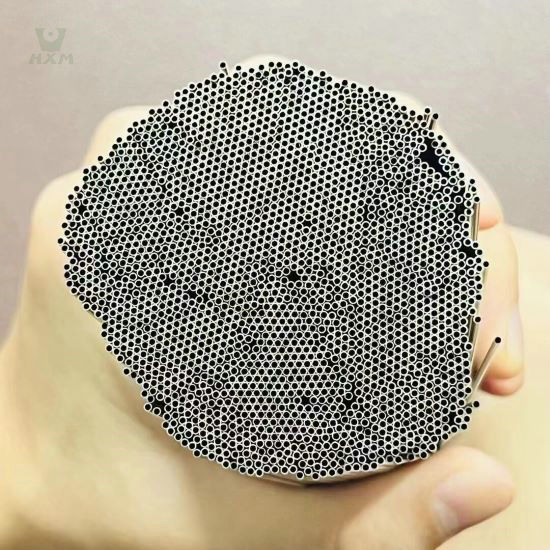
- Huaxiao Metal
- Stainless Steel Capillary Tube
- Stainless Steel Capillary pipe
- Stainless Steel Capillary Tubing
production process of stainless steel capillary tube
Stainless steel capillary tubes belong to a type of high-precision stainless steel tube and are widely used. Many people want to understand the production and processing procedures for stainless steel capillary tubes. The key processes include forming, welding leveling, and end processing. Let’s explore each step in detail:
1. Welding and Forming:
- Firstly, the stainless steel strip is rotated and pressed with rollers to prepare both ends for the next step.
- Then, the rotating rollers press the steel strip based on the previous step, making the steel’s two ends adhere closely to the mold’s inner cavity, forming a certain circular shape.
- Continuing the curvature process to shape the steel strip into a shape closer to a circular steel tube, reducing the distance between the interfaces.
- The final step involves rolling the steel strip into a circular tube, feeding it forward, and using an argon arc welding gun to weld the ends of the steel strip, creating a circular tube.
2. Weld Seam Leveling:
- Due to the small diameter of stainless steel capillary tubes, the welding seam leveling technique differs from conventional pipe fittings.
- If forming a square tube or other irregular shapes, molds are used for drawing. The external force is applied to the front end of the drawn steel pipe, pulling the material out of a smaller die hole to obtain the desired shape and size.
3. End Processing:
While the above processes generally meet the production requirements of stainless steel capillary tubes, some customers may require additional end processing.
Common end-processing methods include pointed ends, diameter reduction, expansion, flanging, grooving, etc.
Pointed End Processing: Cold shrinking or hot shrinking techniques can be used. Multiple extrusions shape the capillary tube, followed by sealing, but the pointed end is not completely closed. Alternatively, precise instruments can perform high-frequency heating treatment, followed by equipment hammering and extrusion to achieve a pointed shape.
Diameter Reduction (Flaring): Involves using hydraulic flaring machines with rubber or metal extrusion molds to reduce the tube opening.
Expansion Process: Involves inserting a tube expander into the tube, leaving an appropriate device distance initially. Then, advancing the expansion rod causes the expander, rod, and inner wall of the tube to snugly fit together. The expander is rotated clockwise, forcing the tube wall to extend and increase the diameter.
Grooving Process: Stainless steel tubes can be grooved using stamping, grooving machines, or laser methods, depending on the size of the grooves.
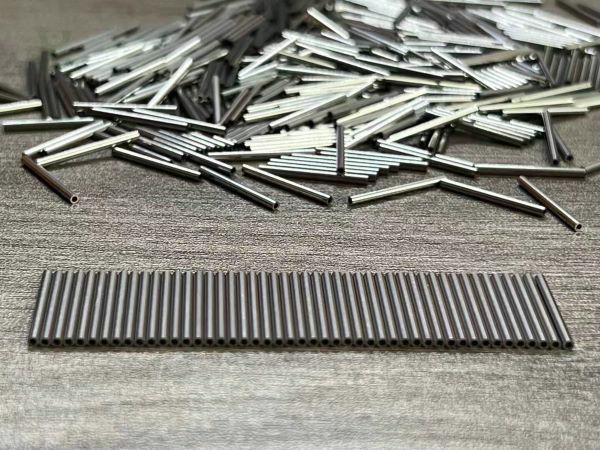
Manufacturing technology of stainless steel capillary tube
304 stainless steel capillary tube is a precision component that demands meticulous craftsmanship. Among the crucial processes involved, “annealing” stands out as one of the most important. This process enhances the corrosion resistance of the stainless steel precision tube and eliminates processing hardening. Now, let’s delve into the special conditions required during the “annealing” process.
- Achieving Required Temperature for Annealing: Stainless steel heat treatment processes typically involve adopting the solution heat treatment process, also known as "annealing," with a temperature range of 1040~1120℃ (according to Japanese standards). During the production and processing of stainless steel pipes, the stainless steel pipes in the annealing zone should be in a white-hot state, without any softening or sagging phenomena.
- Annealing Atmosphere: Pure hydrogen is generally used as the annealing atmosphere for 304 stainless steel capillary tubes. The atmosphere purity should ideally be above 99.99%. If there is another inert gas in the atmosphere, the purity of pure hydrogen can be moderately reduced, but it is strictly forbidden to contain excessive oxygen and water vapor.
- Furnace Sealing: A bright annealing furnace must be tightly sealed and isolated from external air. Hydrogen is commonly used as the protective gas, and the furnace has only one exhaust port, designed for convenient hydrogen ignition. Check the furnace's sealing by wiping water on every joint and gap of the annealing furnace. Carefully observe for any gas leakage, with particular attention to the sealing rings at the entry and exit points of the annealing furnace, where wear is common. Regular inspection and replacement are essential.
- Maintaining Pressure: To prevent gas leakage, the maintenance gas inside the bright annealing furnace should always maintain a corresponding positive pressure. If hydrogen is the maintenance gas, it often needs to be maintained at pressures above 20 kBar.
- Ensuring Dryness Inside the Furnace: Firstly, it is crucial to repeatedly check if the furnace is dry. During the initial loading of the furnace, the furnace material must undergo a drying process. Subsequently, inspect whether the 304 stainless steel capillary tubes entering the furnace have any residual water stains. Some stainless steel pipes may have holes, and under no circumstances should water be carried into the bright annealing furnace, as it can adversely affect the stainless steel processing process.
Each step can impact the quality of stainless steel components. Only by paying meticulous attention to every detail can high-quality stainless steel capillary tubes be produced.
applicationof stainless steel capillary tube
Stationery Industry:
- Pen core tubes
- Core protection tubes
Medical Sector:
- Syringe needle tubes
Precision Equipment:
- Tubes for various sensors
- Tubes for instruments and gauges
- Stainless steel tubes for temperature sensors
- Tubes for temperature controllers
- Tubes for watches
- Tubes for engraving equipment carving heads
Stainless Steel Transmitter Antenna Tubes:
- Tubes for automotive antennas
- Tubes for computer antennas
- Tubes for equipment antennas
- Tubes for miniature TV antennas
Daily Life Applications:
- Stainless steel straws
- Tubes for liquid transfer in food equipment
Electronic Device Applications:
- Tubes for fiber optic equipment accessories
Stainless steel capillary tubes, a material endowed with various outstanding properties, find widespread applications across diverse fields. Boasting excellent flexibility, corrosion resistance, high-temperature durability, wear resistance, tensile strength, and waterproofing, these tubes also offer superior electromagnetic shielding capabilities. Such attributes make stainless steel capillary tubes highly promising in areas like medium transmission, structural support, and electrical circuit protection. With ongoing technological advancements and escalating application demands, stainless steel capillary tubes will continue to play an irreplaceable role, delivering increased convenience and benefits to our lives and work.
Thank you for taking the time to read about stainless steel capillary tubes. As experts in the stainless steel industry, Huaxiao Metal boasts over 15 years of export experience, consistently upholding principles of professionalism and reliability. We are dedicated to providing top-notch stainless steel products to our customers. Equipped with multiple production lines, we offer a diverse range of stainless steel products, including plates, coils, strips, pipes, bars, and wires, with various shapes, comprehensive grades, diverse surface treatments, and standard dimensions. At Huaxiao Metal, you will always find stainless steel products that meet your specific needs. We have prepared more product details for you; please click the link below to explore further.


